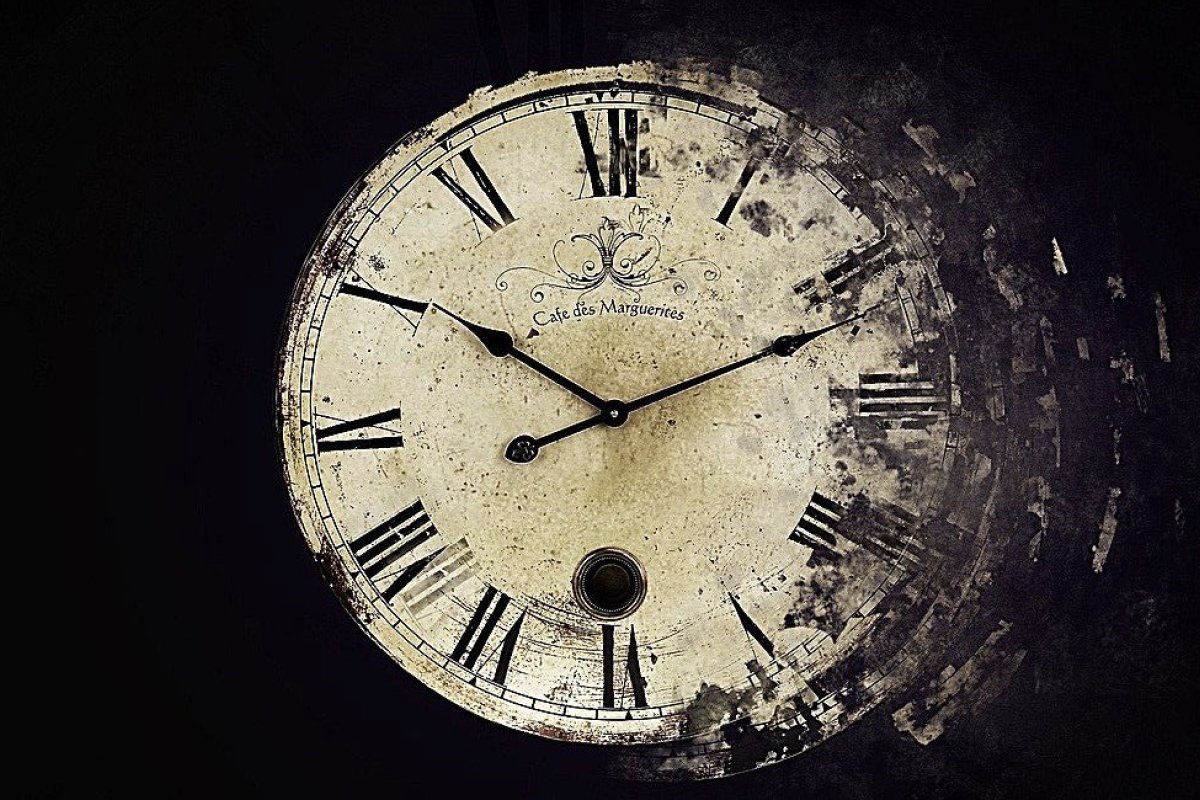Recently, I wrote an article for Sightings, a publication of the Divinity School at the University of Chicago. The piece, entitled “Time in Coronatide: Why We’re Not Actually Living in Groundhog Day,” takes its lead from a number of journalistic essays in venues like the Atlantic & the New Yorker, all of which speculate on how our experience of time might be altered by newly COVID-dictated schedules. By interrogating these essays alongside takes harvested from social media (mostly Twitter, where I first learned of the quasi-liturgical #Coronatide) and pop culture (e.g., The Last Dance documentary about Michael Jordan), I tried to push back against overly glib readings of our current situation, such as those likening it to old Bill Murray movies. The piece also aims to introduce some basic elements of the research that went into my recent book, especially when it comes to the differences between Augustine & the Stoics on the question of whether it makes any sense to “live in (or for) the present moment.”

Associate Professor in the Humanities, MacEwan University
